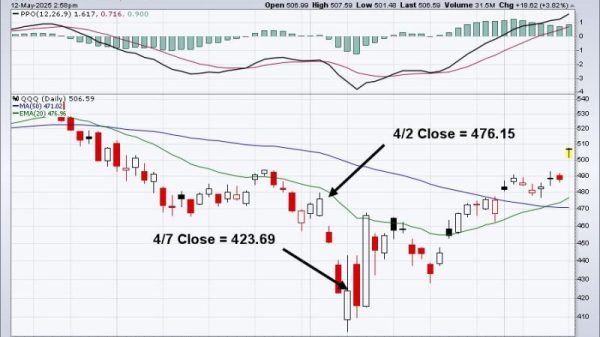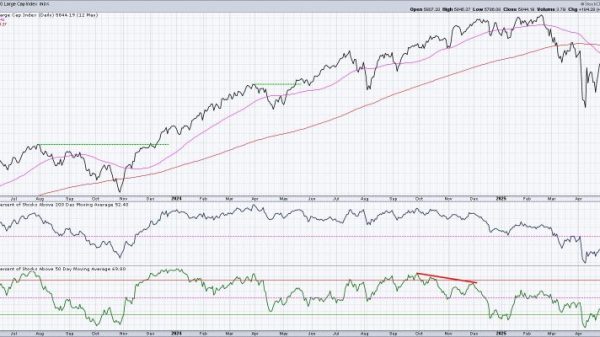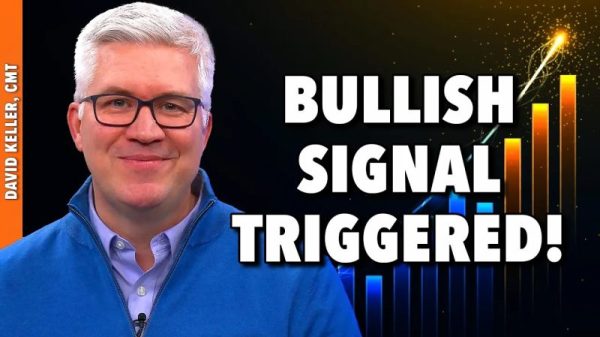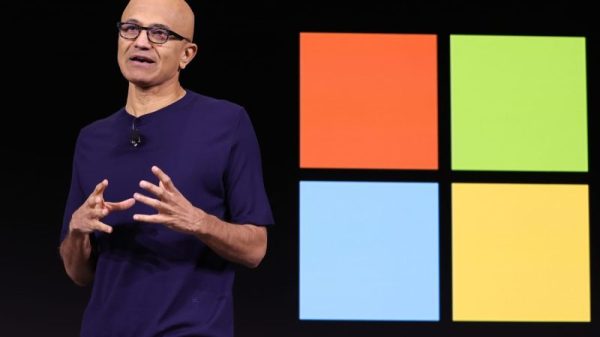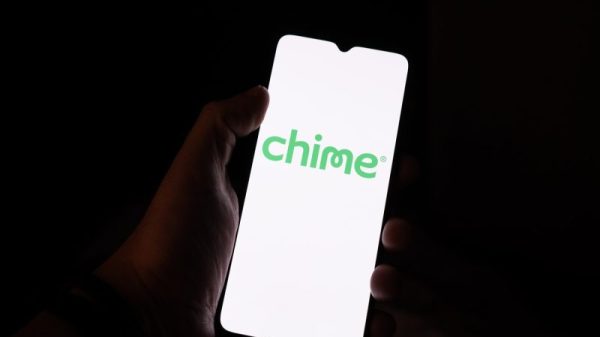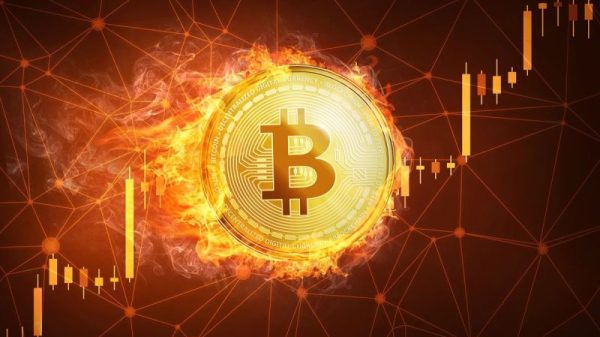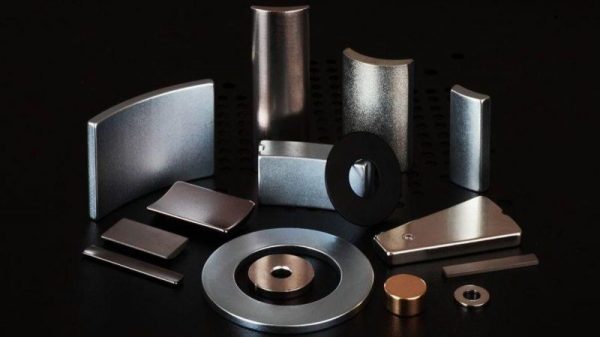The copper market offers many opportunities for investors to make gains. Copper futures are one method of trading copper, and they are a popular way to hedge risk while gaining exposure to the red metal.
But what should investors know before starting to trade copper futures? And what are the benefits of getting involved in this market? Here’s a brief overview of why people trade copper futures and how they do it.
Copper futures as an insurance policy
A copper futures contract typically represents 25 metric tons of copper. Each contract is a firm commitment to make or accept delivery of a specified quantity and quality of the metal. Delivery is set for a particular month at a price agreed upon at the time the commitment is made.
Many investors see this as an “insurance policy” for their portfolio. Those who consume or produce copper can manage copper price risk by employing a short hedge to lock in a selling price for the copper they produce, or a long hedge to secure a purchase price for copper they know they will need.
To implement a long hedge, enough futures need to be purchased to cover the quantity of copper required by the business operator. The downside of long hedges is that if the price of copper ends up falling, the buyer would have been better off without the hedge.
Copper futures are also traded by speculators who take more of a risk in order to possibly profit from a favorable copper price movement. The aim of these speculators is to buy copper futures when they believe copper prices will go up, and sell when they think prices for the red metal will fall.
How are copper futures traded?
Investors should become familiar with copper market participants and consumers and do due diligence on industry trends before attempting to trade. Knowing economic trends for regions that consume copper at a high rate can provide an edge when taking bold positions on contracts.
Additionally, keeping up with production and consumption news can help investors stay informed about the daily direction of the market, which is helpful in evaluating the direction copper may go.
Of course, consulting qualified futures brokers who specialize in industrial metals and who can read the direction of the market will bring added value to an investor’s decisions.
For those who choose to shy away from actual futures contracts themselves, there are still options available for trading. A good alternative to owning contracts is to utilize the iPath Bloomberg Copper Sub-Index Total Return ETN (ARCA:JJC), which tracks front-month copper futures. Even if their volume is low, exchange-traded notes can allow new shares to be put onto the market, preventing liquidity issues.
There are quite a few large players in the copper space that can be affected by copper futures, including Freeport-McMoRan (NYSE:FCX), Glencore (LSE:GLEN,OTC Pink:GLNCY), Southern Copper (NYSE:SCCO), Rio Tinto (LSE:RIO,ASX:RIO,NYSE:RIO) and Anglo American (LSE:AAL,OTCQX:NGLOY).
Where are copper futures traded?
Trading copper futures requires paying close attention to market fluctuations and remaining active in developing markets. Because copper can be volatile, neglecting a position for even a short period can be very costly.
Investors can trade copper futures on the New York Mercantile Exchange (NYMEX), the London Metal Exchange (LME) and the Multi-Commodity Exchange (MCX).
NYMEX copper futures trading takes place through the Commodity Exchange (COMEX) division in units of 25,000 pounds, and contract prices are quoted in dollars and cents per pound. This exchange also provides another copper futures contract that represents 12,500 pounds of copper. Prices are updated on a continual basis, giving real-time quotes and market activity for traders.
LME Copper A Grade futures prices are quoted in dollars and cents per metric ton and are traded in lot sizes of 25 metric tons (55,116 pounds). This exchange provides more opportunities to trade globally in the copper market, which is vital if investors want to be where the majority of copper consumption and movement occurs (i.e. Chile, Peru and China). Currently, LME futures contracts are the second most popular after the COMEX exchange.
The MCX, located in India, offers standard (1 metric ton) and mini futures (250 kilograms) contracts for investors. Standard contracts occur in February, April, June, August and November.
Securities Disclosure: I, Melissa Pistilli, hold no direct investment interest in any company mentioned in this article.






